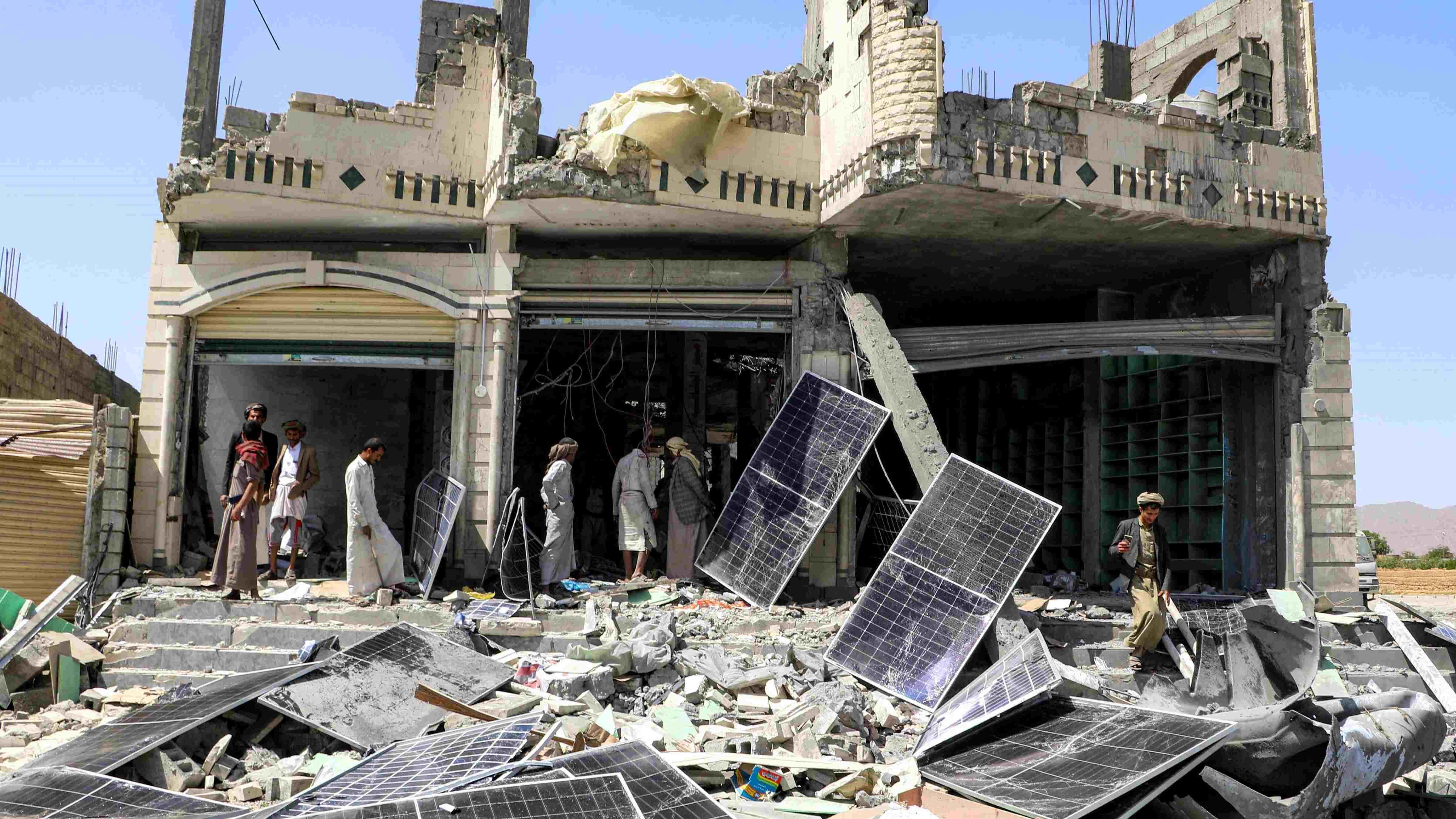Red wheat of 2,000 years
The antique city Sagalassos, where excavation work headed by Professor Marc Waelkens from Belgium’s Leuven University is continuing, is providing clues to how old agriculture in these lands is.
Sagalassos, which is a candidate for UNESCO’s World Heritage list, is 110 kilometers from the southern province of Antalya and 40 kilometers from the southwestern province of Burdur.
Even though the road is a bit tiring, it is worth climbing the Taurus Mountains to see up close the recently restored Antonin’s Fountain, with its water flowing again, covered in marble all over, and also to be able to wander the ruins of magnificent mansions, theaters and libraries. The last stop of Garanti Bank’s traditional “Anatolia Talks” program in which I participated recently was Burdur. We indeed visited antique Sagalassos while in Burdur.
Sagalassos was the richest city of its time at the top of the Taurus Mountains. Food culture writer, researcher and restorer Aylin Öney Tan accompanied us during the visit. She was engaged in hard work in the region for weeks.
When she told us there were cheeses, stuffed vegetables and sweets we do not know the taste of that had been cooked in the region for centuries, we were surprised. The biggest surprise for us was when we learned that the kind of wheat that the local people call “red wheat” had a history of 2,000 years.
“Red wheat” has been grown in these fertile soils of the Aegean for exactly 2,000 years.
However, despite the agricultural tradition that goes all the way back to the ancient ages, the farmer in Turkey, a country known to be the seventh agricultural country in the world, is unhappy.
We know that from the Economic Policy Research Foundation of Turkey’s (TEPAV) survey.
The number of registered farmers decreased 6.2 percent in 12 months from 1,121,000.
According to the OECD, the percentage of those working in the agriculture sector was 43 percent in 1995. This figure went down to 8.5 percent in 2009.
In all of the meetings of Garanti Bank like the “Anatolia Talks” that I have participated in up to now, I have not met a single person in the agriculture or animal husbandry sector who is content with the business.
There is one exception and that is the head of the Tire Milk Cooperative, Mahmut Eskiyörük, whom I listened to at the Burdur “Anatolia Talks” and admired.
The Tire Milk Cooperative was chosen as a “model for rural development” by the United Nations. The cooperative, with its 1,900 partners, is plainly creating miracles.
I have to mention, meanwhile, that the organic milk I have been buying in Istanbul for a while is also coming from the Tire Milk Cooperative.
Mahmut Eskiyörük is a person who believes that the road map of agriculture in Turkey passes from cooperatives and not from monopolies.
Tire Milk covers 5,000 square meters and has the capacity to process 40 tons of milk daily. It has also started producing cheese.
And most importantly, it is the major supporter of the project known as “school milk,” in which the İzmir Metropolitan Municipality provides free milk to small children.
In the film Eskiyörük showed us, we saw how a modern cooperative functions.
The cooperative, which provides assistance of a wide spectrum from veterinary to training to the producer, if you ask me, has been able to create the “happy farmer.”
Eskiyörük is right.
Our road map in agriculture should be cooperatives.











